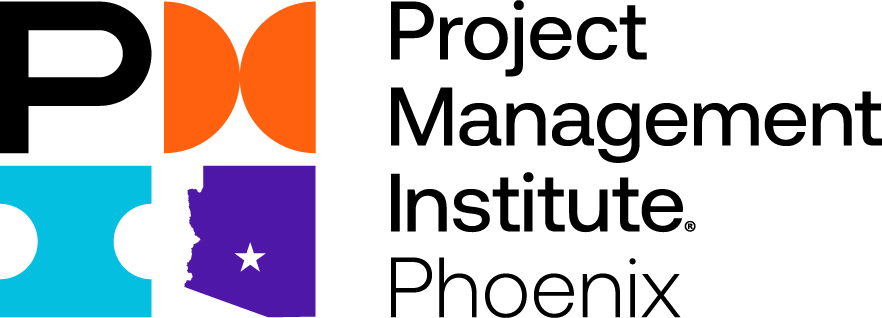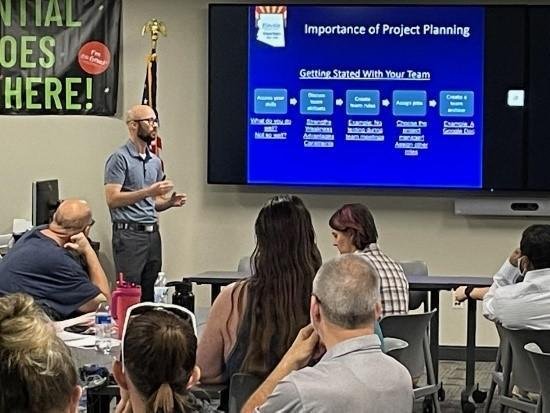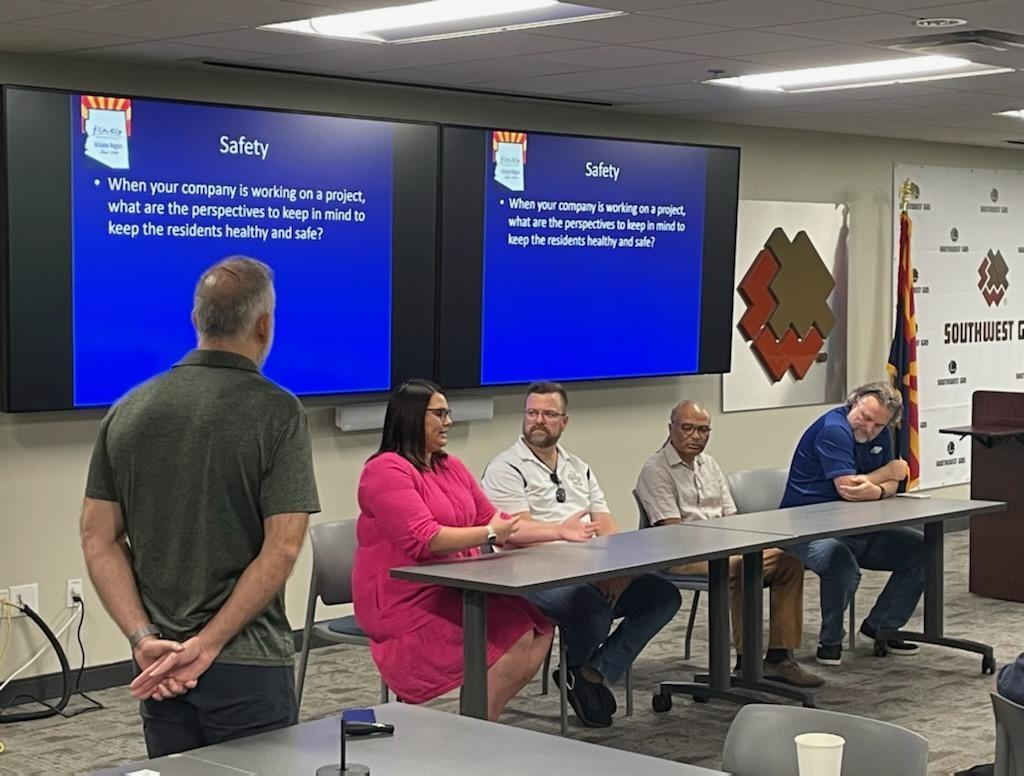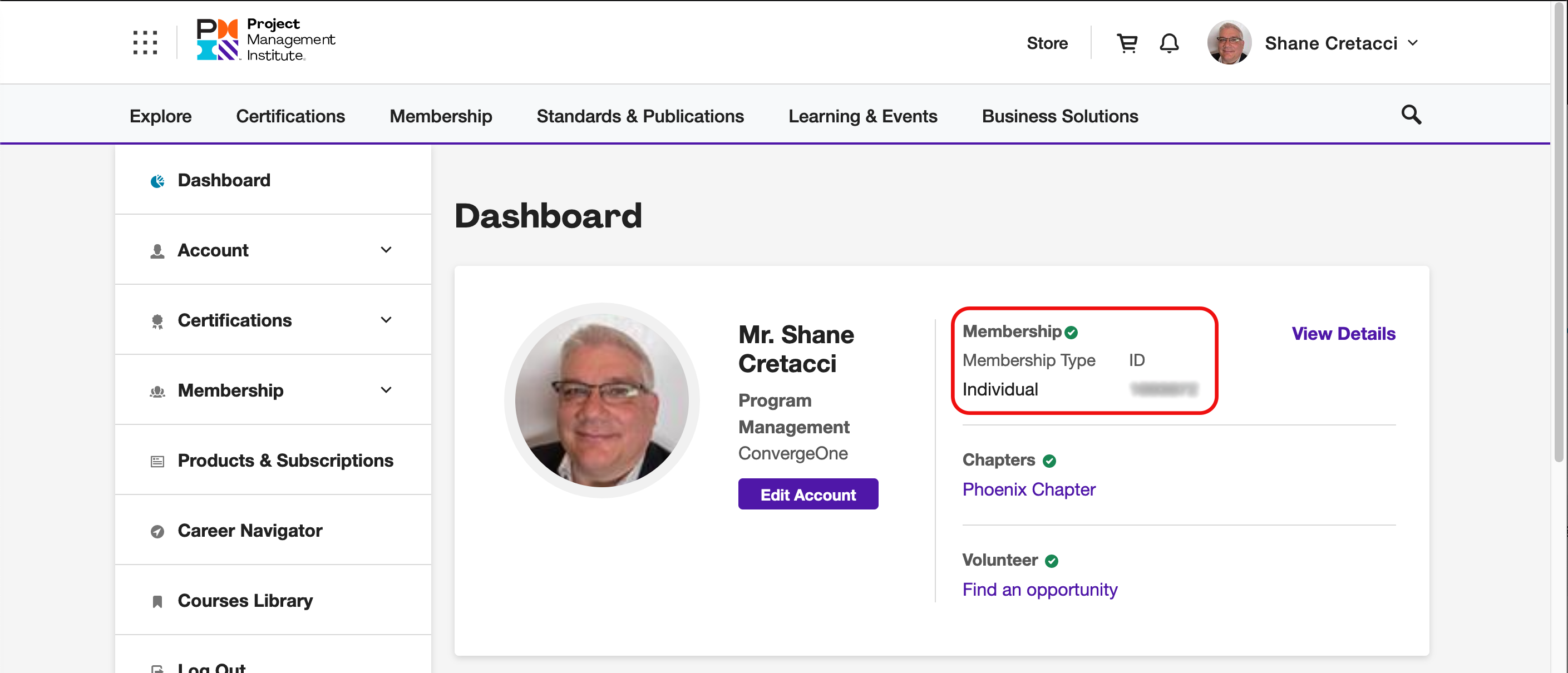We completed our chapter elections at the end of September. I am pleased to welcome six new board members to the board, and they will bring new energy and ideas to the chapter. We will introduce them to the membership during our annual all-member meeting on November 9th at 6 p.m. We will also review our performance this year to our yearly plan and take questions from the membership during this session.
Our third social good event is underway this year with the One Warm Coat charitable foundation. I hope those that can participate by donating a coat or other needed apparel item will do so or join in the virtual drive by donating cash. One Warm Coat is a great cause and a worthy charity.
We are also in the second week of our last Study Group for the year. Study Group is an excellent way to prep for the CAPM or PMP test. If you know anyone preparing, recommend the chapter study group as a way to get started.
ProjectMasters Toastmasters has started hybrid meetings. They are now meeting in person at the Tempe Library and online. I highly recommend this group if you need to work on your public speaking. If Tempe is not convenient, then you can join the meeting virtually!
We have three significant events on the calendar in October.
- PMI Chapter Xchange: Project Management for Innovation, R&D, and Fuzzy projects
- Multi-Chapter Meeting | NASA's New Program Management Organization: Challenges and Forward Plans
- Daily Execution, Extraordinary Results
There is still plenty of time to register for these events. Don't miss out on these opportunities!




